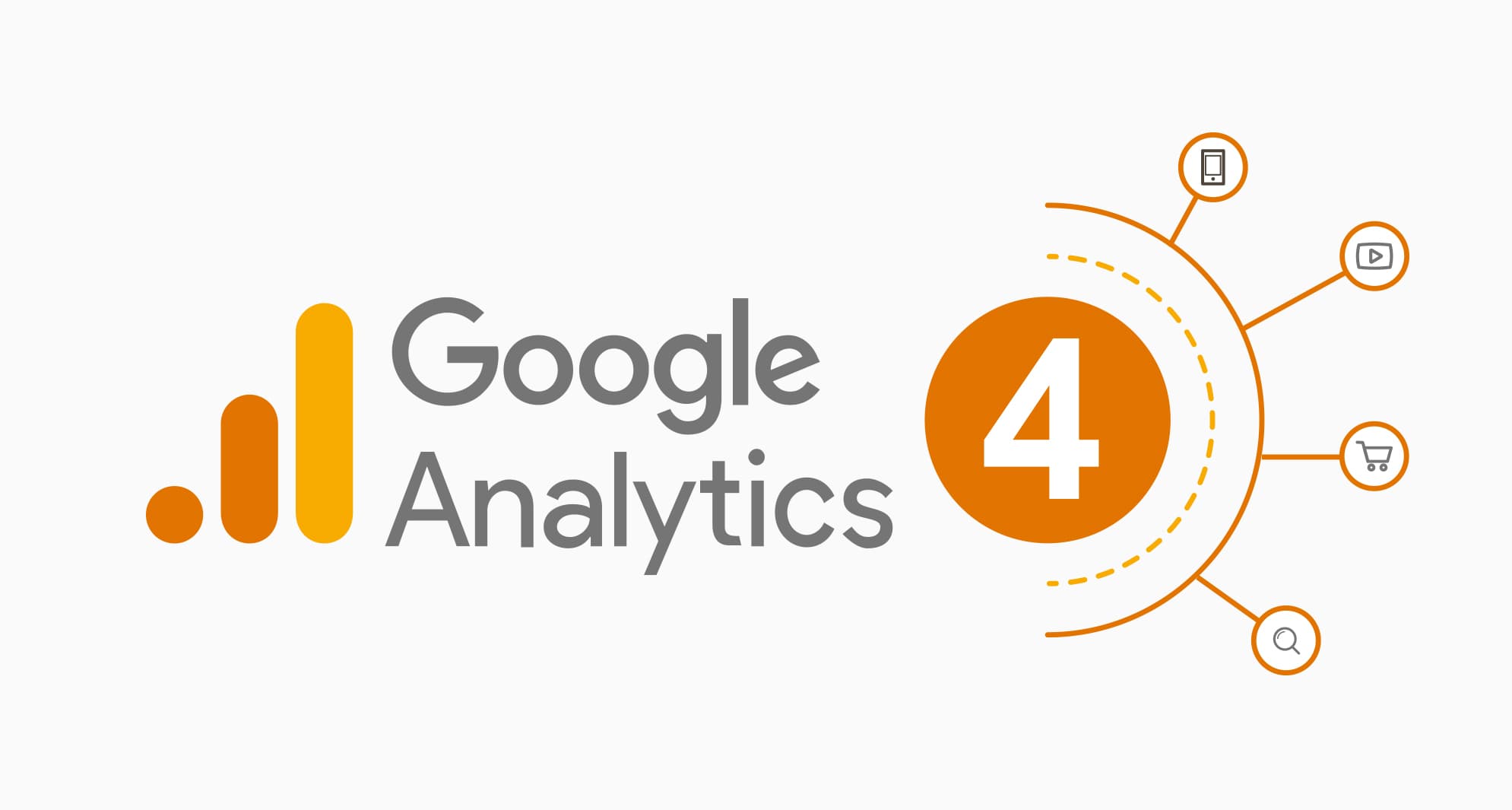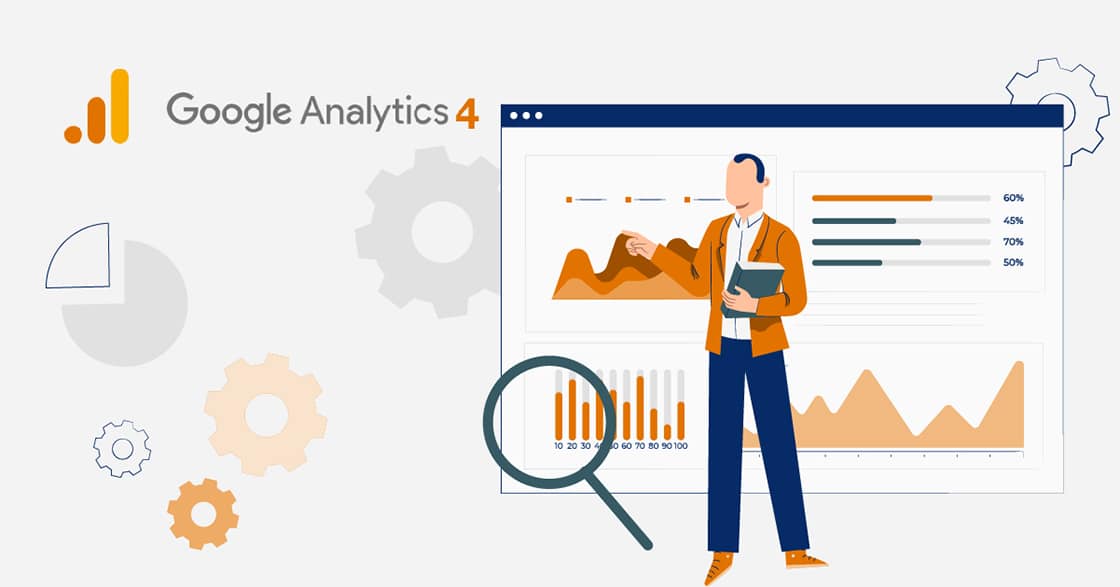Important Guidelines: Understanding Data Collection Limits in Google Analytics
Important Guidelines: Understanding Data Collection Limits in Google Analytics
Blog Article
Leveraging Google Analytics for In-Depth Insights Into Individual Actions and Interaction
In the electronic landscape where user habits and engagement hold the vital to online success, leveraging tools like Google Analytics has ended up being extremely important for businesses looking for to understand their target market's interactions with their platforms. This sophisticated analytics platform offers a riches of data that can reveal elaborate information concerning how customers browse sites, involve with material, and inevitably convert - what data does google analytics prohibit collecting. By taking advantage of Google Analytics, companies can reveal valuable understandings that exceed surface-level metrics, offering an extensive understanding of customer behaviors and preferences
Understanding Customer Actions Via Google Analytics
Utilizing Google Analytics gives a comprehensive understanding of user actions on digital platforms. By analyzing data such as the variety of site visitors, their geographical places, the web pages they visit, and the actions they take, businesses can acquire useful insights into how users connect with their web sites or applications. This details permits informed decision-making, enabling organizations to maximize their on-line visibility for enhanced customer experience and interaction.
One key element that Google Analytics assists to reveal is customer website traffic patterns. By tracking metrics like the resource of web traffic, reference web links, and preferred key words, businesses can recognize what drives customers to their system. what data does google analytics prohibit collecting. This expertise help in customizing advertising techniques to target certain demographics or rate of interests efficiently
Moreover, Google Analytics uses thorough reports on user involvement, showcasing metrics like bounce rates, session durations, and conversion prices. Understanding these metrics gives valuable comments on the efficiency of material, layout, and overall user experience, encouraging services to make data-driven enhancements and drive better outcomes. In essence, Google Analytics serves as a powerful device for analyzing user actions and enhancing electronic systems for success.
Analyzing Internet Site Web Traffic Patterns
Comprehending the flow of website traffic on a website is necessary for enhancing its efficiency and boosting customer engagement. Evaluating web site web traffic patterns gives beneficial understandings right into how individuals connect with the site, what web content they locate most engaging, and where they might be experiencing barriers. By leveraging tools like Google Analytics, site owners can track metrics such as page views, unique site visitors, bounce prices, and ordinary session duration to get a comprehensive understanding of individual habits.
Additionally, analyzing the habits circulation within the web site can highlight prominent landing pages, exit pages, and the most common paths customers take via the site. Determining these patterns makes it possible for site proprietors to make educated decisions about material positioning, navigation improvements, and total site design to boost customer experience and drive conversions.
Monitoring Customer Involvement Metrics
To strengthen the insights gained from analyzing internet site web traffic patterns, it is vital to concentrate on tracking customer interaction metrics. Individual involvement metrics supply beneficial details regarding how site visitors engage with an internet site, showing the level of rate of interest and complete satisfaction with the best site content. By tracking metrics such as bounce price, typical session period, web pages per session, and conversion prices, site proprietors can comprehend the efficiency of their material and user experience.
Conversion rates track the percent of site visitors that complete a desired action, such as loading or making a purchase out a form, showing the effectiveness of the web site in driving user actions. By evaluating these individual involvement metrics, web site owners can make informed decisions to optimize their web content and individual experience to enhance involvement and achieve their objectives.
Identifying Conversion Opportunities
Determining prospective conversion opportunities is a vital facet of enhancing website efficiency and accomplishing preferred user actions. Through Google Analytics, companies can uncover useful understandings that can help in determining areas where individuals are handing over or not continuing to the desired conversion actions. By evaluating metrics such as conversion prices, landing page efficiency, and check my blog customer flow, companies can pinpoint prospective bottlenecks in the conversion process.

Additionally, utilizing Google Analytics' habits circulation attribute can offer an aesthetic representation of how individuals browse with the site. This can assist in identifying prominent paths in addition to any type of barricades that may be preventing conversions. By leveraging these insights, services can optimize their web site for improved customer experience and enhanced conversion prices.
Enhancing Customer Experience With Data-Driven Insights
By leveraging data-driven insights from Google Analytics, companies can tactically enhance their internet site to enhance individual experience and drive greater conversion prices. Recognizing user behavior through information evaluation allows firms to customize their web sites to fulfill the particular requirements and preferences of their target market. By identifying crucial metrics such as bounce prices, session period, and popular pages, organizations can gain useful insights into how individuals interact with their site.
Google Analytics supplies detailed information on individual demographics, gadgets used, and also the specific activities handled the web site. This information makes it possible for organizations to make informed decisions on web site layout, web content placement, and overall user circulation. By leveraging these insights, companies can create an extra interesting and tailored user experience, resulting in enhanced more helpful hints fulfillment and loyalty.
Additionally, data-driven understandings can aid organizations identify discomfort factors in the individual journey and carry out targeted enhancements to improve the conversion process. By continually assessing and keeping an eye on individual habits, organizations can adapt and enhance their web site to make sure a delightful and smooth experience for visitors, inevitably driving higher conversion rates and making best use of company success.

Conclusion
In conclusion, Google Analytics gives important insights right into individual actions and interaction on internet sites. By analyzing traffic patterns, tracking engagement metrics, and determining conversion possibilities, businesses can make data-driven choices to boost the customer experience. Leveraging these insights can cause enhanced site performance and boosted conversions.
By tracking metrics such as bounce rate, average session period, web pages per session, and conversion rates, site proprietors can recognize the effectiveness of their material and customer experience.
Conversion rates track the percentage of visitors that complete a desired activity, such as making a purchase or filling out a form, mirroring the performance of the web site in driving customer actions. By examining these user engagement metrics, site proprietors can make informed choices to optimize their material and customer experience to boost engagement and accomplish their goals.
By leveraging these understandings, services can maximize their web site for boosted user experience and enhanced conversion rates.
By leveraging data-driven understandings from Google Analytics, companies can purposefully maximize their internet site to boost individual experience and drive higher conversion rates.
Report this page